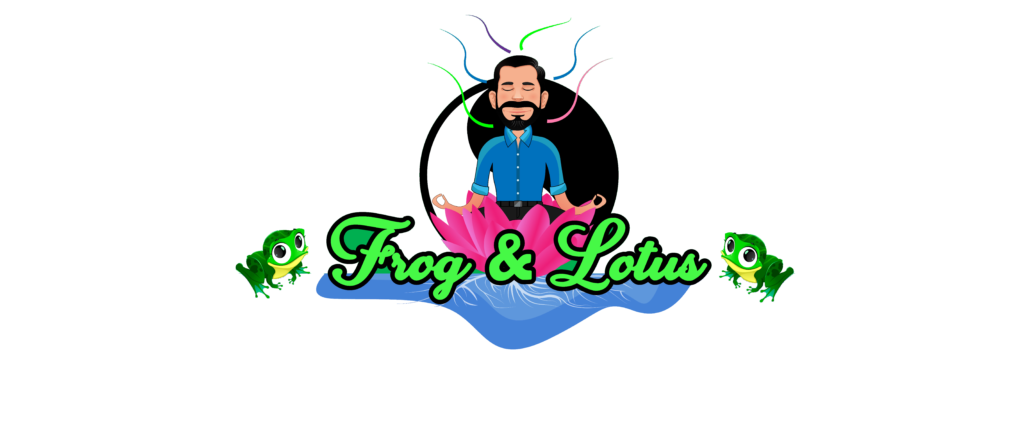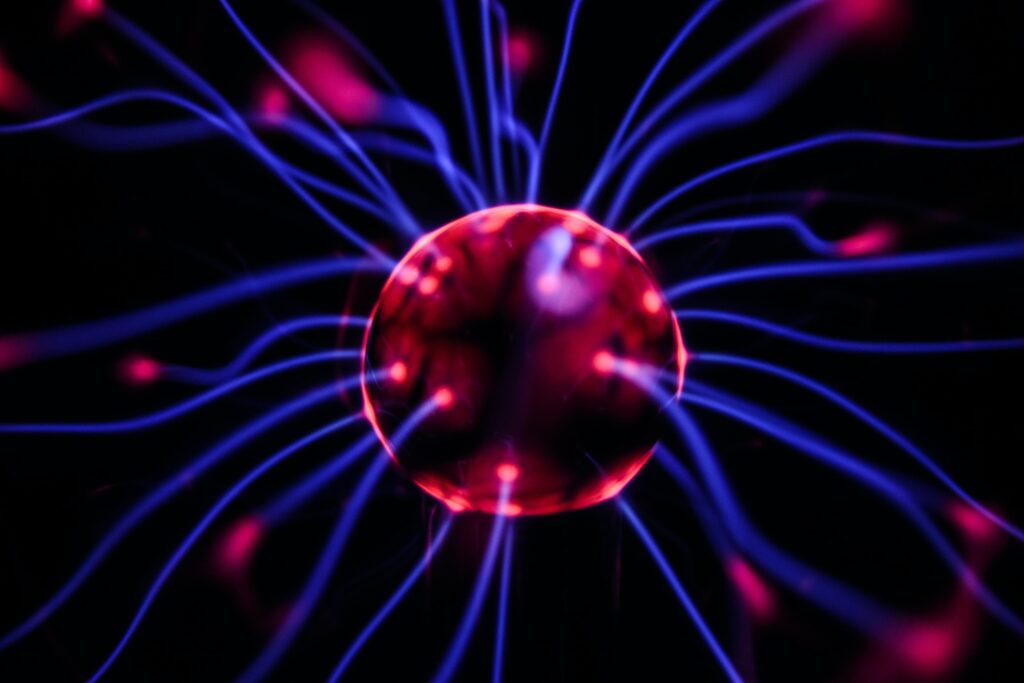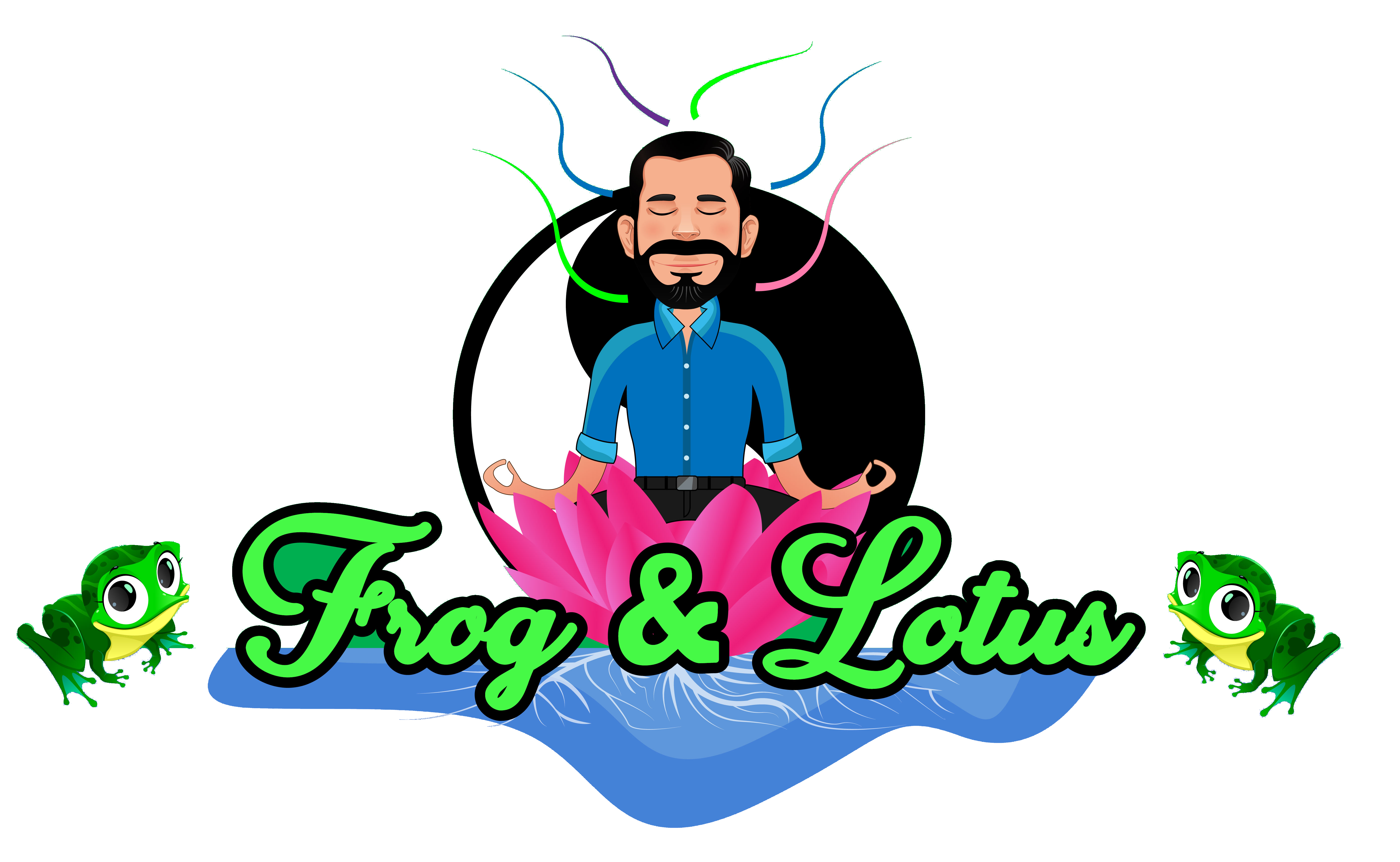Carl Jung was a man passionate about psychiatry. He lived between 1875 to 1961. His work is well known and impacts so many parts of our lives, in ways most of us don’t even realize. Among the many things I’ve learned from reading The Basic Writings of C.G. Jung are the concepts of consciousness and the unconscious.
Consciousness, as I understand it from Jung, is essentially the part of our mind that is aware. This includes awareness of our senses of sight, sound, smell, taste, and touch all combined with our thoughts and emotions. It is the awareness of all these elements that makes them conscious.
The unconscious is everything else both manifested and unmanifested, of which we are not aware. We are unconscious and unaware when we sleep, yet our minds tap into our deepest hidden thoughts and beliefs and show us pictures through dreams. We carry these unconscious thoughts and beliefs through our daily life and they influence our actions. Instincts and intuition are great examples.
How do babies know how to swallow food? Do they consciously say to themselves, “Now I will swallow this milk?” Of course not! They do this naturally and unconsciously. They are born with this knowing, a part of their unconscious. Parts of our unconscious are there at birth and other parts are added as we grow through experience.
As a practical exercise, we can look at breath. Breathing can take place both consciously and unconsciously. When you bring awareness to your breath you will find you can very easily control it. If you stop thinking about it, you won’t stop breathing. It just goes on by itself, unconsciously. This is why meditation often uses a focus on the breath for reaching into the unconscious. More on this later.
I like to think of the unconscious as a larger part of “the whole” and consciousness is a small window that gives us access to it. We know through science that the spectrum of light is vast, yet there is only a very small slice that is visible to the human eye. The difference between light and consciousness is that human beings have the capacity to open their window of consciousness, allowing more of the unconscious into awareness.
Many of us have used the words unconscious and subconscious interchangeably. Interestingly, I’ve noticed recently that more and more people are moving away from the word subconscious. I agree. The unmanifested is infinite and certainly not “sub” or below our consciousness. On the contrary, it’s the other way around! Think about this the next time you hear someone use the word subconscious.
What does this have to do with the idea that “there is and always has been only one spiritual teaching?” Carl Jung describes a process he calls individuation which is a lifetime of making unconscious contents conscious. It is an awakening. It is the process of becoming fully aware of oneself, becoming whole. Dare I say that this is man’s true purpose?
We’ve only scratched the surface here. Jung goes on to explain that there is not only an individual consciousness and unconscious, but there are also both a collective consciousness and unconscious. Oneness then means connection of all parts to the whole.
I’m committed to keeping these posts very short and to the point. The brevity is intentional and hopefully will spark curiosity to go deeper. Tomorrow we will continue with Carl Jung, the collective consciousness and unconscious, and find out about the hero within us.


